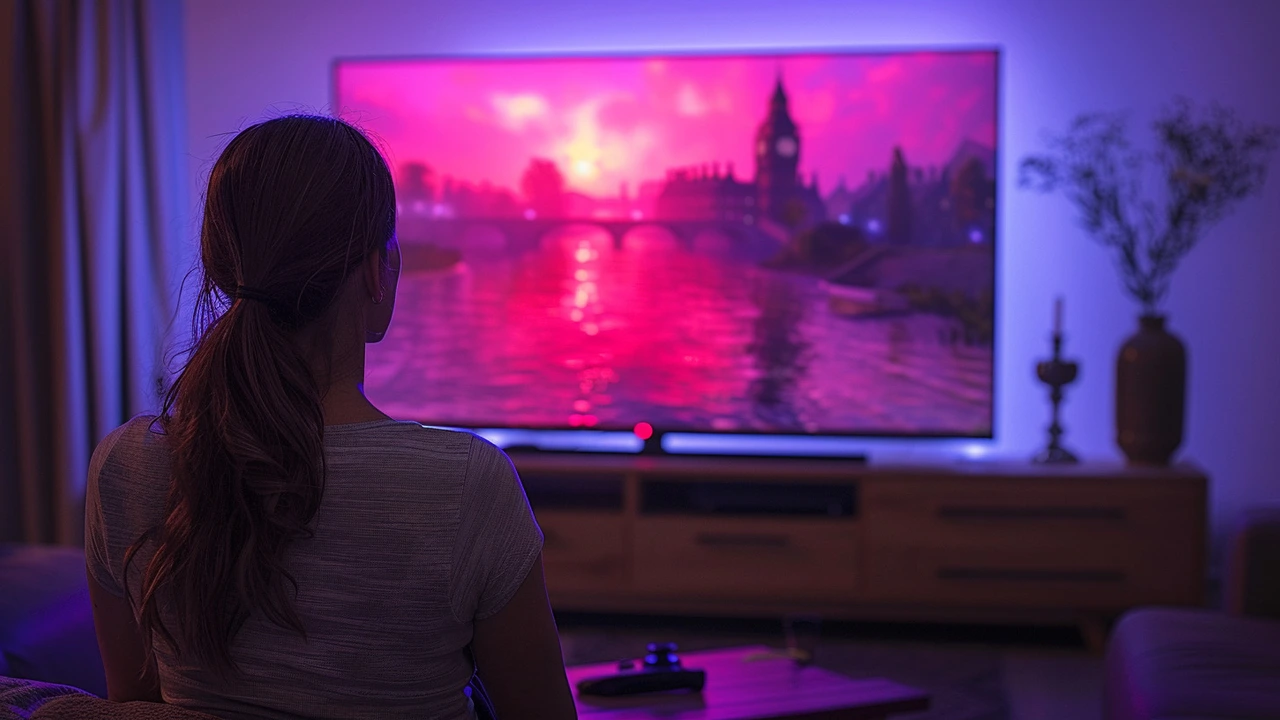
Understanding the Gaming Landscape
The first step to mastering in-game advertising is understanding the vast and varied world of digital gaming. With millions of players across the globe, gaming has become a cultural behemoth, spanning across age, gender, and national boundaries. Yet, this diversity means that a one-size-fits-all approach to advertising won't cut it. Different genres attract different demographics, and the platform a game is on - be it mobile, PC, console, or VR - can significantly affect the players' engagement levels and their receptiveness to advertising. Nielsen's 2019 Games 360 Report confirmed this, showing distinct player preferences and behaviors across these platforms. Understanding these nuances is crucial for creating an effective in-game advertising strategy.
Choosing the Right Platforms and Genres
Once you've got a grip on the gaming landscape, the next step is choosing the right platforms and genres for your advertising. Mobile games, with their vast user base and higher frequency of ad placements, offer more opportunities for viewability. However, the immersive experience of PC and console games allows for more integrated and engaging ad formats, like branded in-game items or levels. The genre of the game also plays a pivotal role. For instance, a sports game could be an ideal place for lifestyle and beverage brands to advertise, while fantasy games offer a creative playground for a wide range of products. Aligning your brand with the right genre ensures your ads enhance the gaming experience rather than distract from it.
Creating Ads Gamers Love
The crux of successful in-game advertising lies in creating ads that gamers don't just tolerate, but actually enjoy. This means moving beyond banner ads and product placements to more immersive and interactive ad formats. For instance, EA Sports has mastered this by integrating ads into the virtual stadiums of its sports games, mirroring the real-world commercial presence at sporting events. Meanwhile, games like Fortnite have hosted virtual concerts and events, offering unique experiences while subtly integrating brand messages. The key is to add value to the player's experience. Offer them exclusive content, special discounts, or in-game rewards in exchange for their engagement with your ad.
Measuring Success
Like any marketing effort, it's crucial to measure the effectiveness of your in-game advertising campaigns. Fortunately, digital gaming offers a wealth of data to analyze player engagement and ad performance. Metrics such as viewability rates, engagement rates, and conversion rates are all at your disposal, providing insight into how well your ads are resonating with gamers. Additionally, leveraging technologies like heatmap analytics can offer deeper insights into how players interact with in-game ads, enabling continuous optimization of your campaigns. It's this data-driven approach that can fine-tune your strategy and ensure your advertising efforts hit the mark.
Navigating Challenges
Despite its potential, in-game advertising isn't without its challenges. One of the biggest hurdles is the risk of disrupting gameplay, which can quickly alienate players. This was evident when Electronic Arts faced backlash for placing too intrusive ads in some of its games. To avoid this pitfall, it's essential to prioritize the player's experience, ensuring ads are well-integrated and relevant to the game's context. Another challenge is the evolving regulations around digital advertising and user privacy, requiring advertisers to stay informed and compliant to avoid legal complications.
The Future of In-Game Advertising
As technology continues to evolve, so too does the potential for in-game advertising. Augmented Reality (AR) and Virtual Reality (VR) games offer new realms for immersive advertising, allowing brands to create even more engaging and interactive experiences for players. The rise of esports also presents a unique opportunity for in-game advertising, reaching audiences in live competitions both in-game and through streaming platforms. With these advancements, the future of in-game advertising looks bright, promising innovative ways for brands to connect with gamers around the world.
Key Takeaways
To wrap it up, successful in-game advertising hinges on a deep understanding of the gaming world, choosing the right platforms and genres, creating ads that genuinely engage players, and measuring the impact of your campaigns. By navigating the challenges and staying ahead of technological trends, advertisers have the opportunity to craft memorable and effective ad campaigns that resonate with the vast, diverse gaming community. Remember, when done right, in-game advertising doesn't just sell products; it enhances the gaming experience, builds brand loyalty, and connects with audiences on a level that traditional advertising can't match.